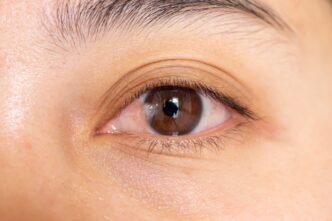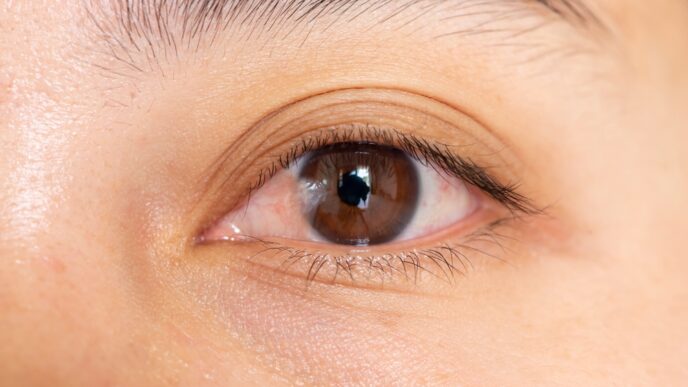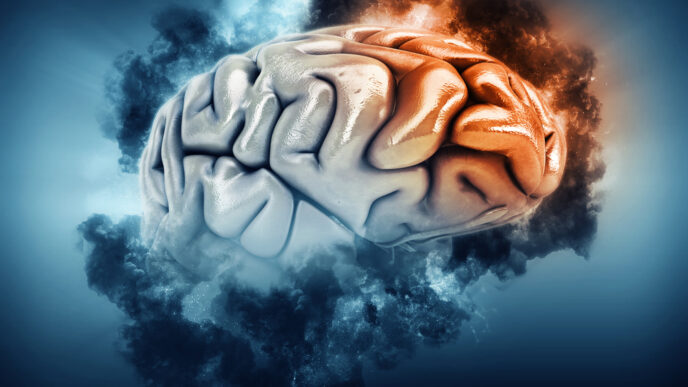Fans of SpongeBob SquarePants, the animated series that captured the hearts and imaginations of both children and adults worldwide, mourned the passing of its creator Stephen Hillenburg on November 26, 2018. He was only 57. The award-winning animator died of complications related to amyotrophic lateral sclerosis (ALS), which he was diagnosed with in March 2017.
WORDS LIM TECK CHOON
WHEN THE BRAIN STOPS TELLING THE REST OF US WHAT TO DO
Almost 62,000 American baseball fans crowded the Yankee Stadium on July 4, 1939. They weren’t just there for the US Independence Day celebrations – they were there to see baseball icon Lou Gehrig announce his official retirement.
- Gehrig celebrated his 36th birthday just two weeks prior, and two months earlier, he voluntarily withdrew from the game because his body could no longer perform like it used to.
- His hands were no longer steady, and he was rapidly losing body strength.
- On his 36th birthday, he was officially diagnosed with amyotrophic lateral sclerosis (ALS), a disease that would soon be more popularly known as Lou Gehrig’s disease.
Gehrig took to the stage and addressed his fans, “For the past two weeks, you’ve been reading about a bad break. Today, I consider myself the luckiest man on the face of the Earth … I may have had a tough break, but I have an awful lot to live for.”
Gehrig passed away on June 2, 1941.
It wasn’t just Gehrig who brought ALS to the forefront of people’s minds. The late Stephen Hawking, known to so many people as the English theoretical physicist, cosmologist, and author, was another person who never let ALS hold him back.
“Look up at the stars and not down at your feet. Try to make sense of what you see and wonder about what makes the universe exist. Be curious,” Hawking once said.
A Slow Paralysis
- Our spinal cord is actually a hollow tube-like structure containing two types of nerves: motor neurons and sensory neurons.
- Under normal circumstances, the motor nerves will receive instructions from the brain and transmits these instructions to the corresponding muscles to contract.
- For example, we see a tray of cakes on the table in front of us. We are hungry, so our brain sends instructions — via the motor nerves in the spinal cord to the muscles in our legs — to move towards the table, and once we are there, to the muscles in our arm to pick up a cake and move it to our mouth.
For someone with ALS, however, the nerve cells or neurons degenerate and eventually die.
- As a result, the muscles in the body receives increasingly weaker signals to move.
- As ALS progresses to a more advanced stage, the signals stop coming altogether.
- The affected person will no longer be able to make or control voluntary motions such as movement, eating, and speech.
- The muscles become weaker over time due to lack of use, and the person may experience twitching in these muscles (fasciculations). Eventually the muscles begin to waste away.
- As ALS progresses, the muscles of the respiratory system will also be affected, and there will be a time when the person will not be able to breathe.
Therefore, ALS is eventually a fatal disease and sadly, to date we still have not found any cure for it.
| “I wake up almost every morning having dreamed of food. I watch Goodfellas just for the food scenes. My kingdom for a Big Mac. Taco Bell commercials are thought-provoking to me. But the fact of the matter is, I can’t eat. Or run or walk or even move my legs or arms. I’m lying fat in a bed and typing this with my pupils, which, along with my brain, are among the last functioning parts of my body.” — Patrick O’Brien, filmmaker and director with ALS. |
WHY DO SOME PEOPLE DEVELOP ALS?
Right now, we don’t fully know what causes ALS.
Could It Be Due to Our Genes?
- About 5-10% of people with ALS have a family history of either ALS or a related condition called frontotemporal dementia (FTD).
- FTD is a brain disorder in which the nerve cells in the frontal lobe of the brain — the area behind the forehead — degenerate over time.
- It is likely for these people that ALS is linked to FTD, and there is a genetic component to these diseases that can be passed on from parent to child.
- People with this form of ALS, called familial ALS, usually show symptoms when they are in their forties and early fifties, although in very rare cases, symptoms may show when one is in his/her teens.
Could It Be Due to Something Else?
- 90-95% of people that develop ALS do not have any apparent family history.
- These people usually develop ALS when they are in their late fifties or early sixties.
- Without family history, it is likely that their ALS is triggered by other factor(s) unrelated to genes, but what these factors may be, we still do not know.
LIVING WITH ALS
With recent advances in medicine, there are options today to prolong one’s life and maintain a reasonable level of quality of life for as long as possible.
How Much Time Does Someone with ALS Have?
- It is said that someone with ALS has 3 to 5 years to live, but there is no “fixed” number. There are people with ALS who managed to live on for 8 to 10 years.
- Stephen Hawking lived with ALS for 55 years, although it is generally acknowledged that he was the exception to the rule – he could afford state of the art treatments and care that most people can’t.
Here are some of the more common ALS-related complications:
Difficulty in Breathing
- A continuous positive airway pressure (CPAP) device or a bi-level positive airway pressure (BiPAP) device can assist in breathing during sleep.
- For advanced ALS, a surgeon can perform a tracheostomy, in which a hole is created at the trachea, to allow for the use of a respirator that helps infate and defate the lungs.
Speech Problems
- As ALS slowly affects the muscles involved in speech, the person may initially exhibit mild slurring.
- Over time, it becomes harder to form coherent sounds.
Difficulty in Eating
- As chewing and swallowing become harder to do, there is a risk of malnutrition as well as dehydration.
- There is also a risk of food and liquid (including saliva) finding their way into the lungs and causing pneumonia.
- A feeding tube can be used to overcome these issues.
Dementia
- Some people with ALS may experience memory problems over time, and they also have problems making decisions.
- Others may develop FTD.
Paralysis
- Movement becomes increasingly limited as the person begins to lose control over voluntary muscles in the arms and legs.
Living with ALS will require close cooperation with a multidisciplinary healthcare team.
- Speech problems can be managed with the help of a speech therapist, for example.
- An occupational therapist can help the affected person keep their muscles strong for as long as possible as well as address the person’s mobility issues.
- The healthcare team can also prescribe medications that can help to slow down ALS progression, although these medications may not work for everyone with the disease.
Support Is Essential
- For many people with ALS, the most difficult hurdle is having to live every day knowing that their body is slowly failing them.
- Hence, support is an essential component of living with ALS.
- Support groups have helped many of those affected with ALS to come to terms with their condition, and to use whatever time they have left to find closure and make the most of the rest of their lives.
Palliative Care
- As time passes, ALS will cause the person to lose control of their body, making the person dependent on the assistance of others for activities such as eating and getting dressed.
- Palliative care allows this person to be cared for and advised by a specialized team that works closely with the healthcare team to control and monitor the person’s symptoms.
- Such care can help the person feel more in control despite the advancing ALS, and some research suggests that people with ALS may live longer or experience better quality of lives after receiving palliative care.
- Some palliative care providers also provide counselling or help connect the person to a representative from a religious body.
| This article is part of our series on issues that affect our nerves and other components of our nervous system such as our brain and spinal cord. |














